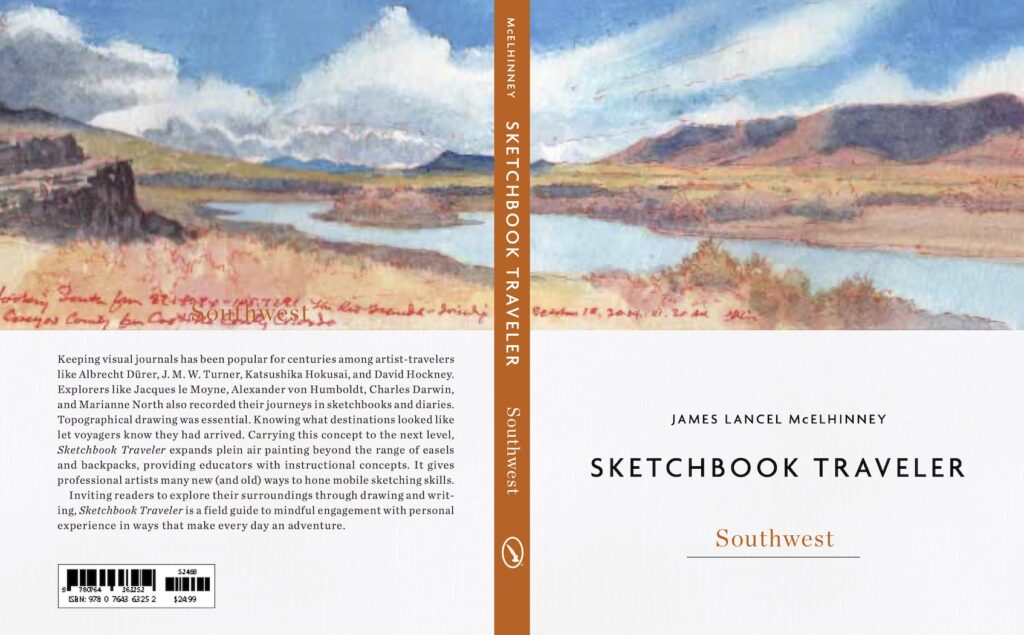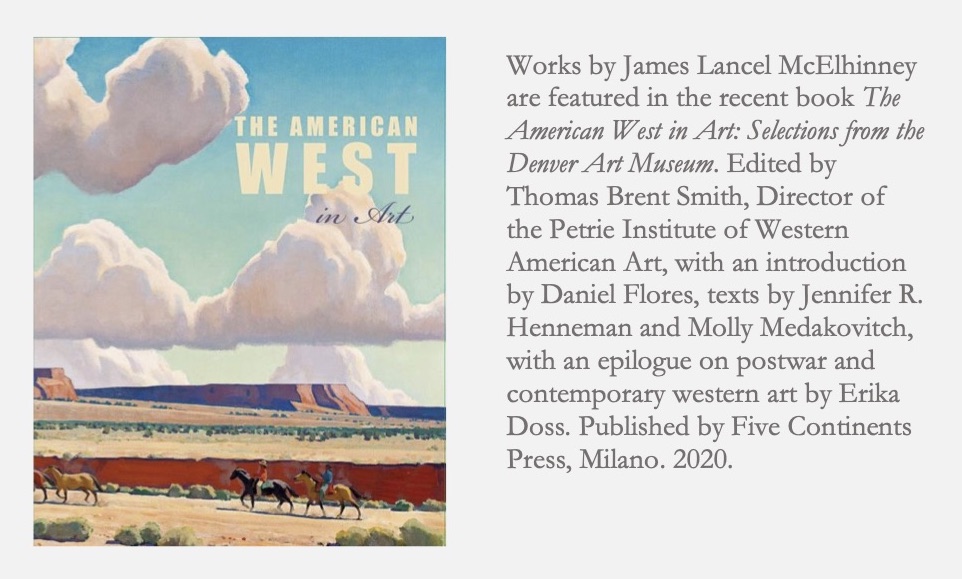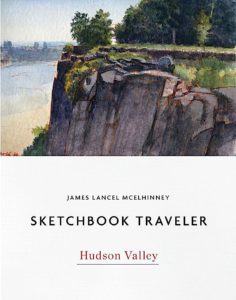Moving into the darkest days of the pandemic, we all patiently wait for the crisis to pass. Last Wednesday I published the first in a series of daily website blog-posts, of writings and artworks that celebrate personal mobility, in pursuit of mindful engagements with history, nature and the environment. In relation to a finished painting, or an essay, this process is no less a work of art than is the tree to the fruit it bears. In a sense, this practice may be ceremonial, acts of reverence, in beholding the world around us. Offered as messages of hope and solidarity, these posts will appear every day, until these dark days are behind us.

Oyster Island, also known as Ellis Island, was first fortified in 1795, in preparation for what came to be known as the Quasi-War with France. Acquired by the federal government in 1808, a twenty-gun battery was established, which in concert with the guns of Castle Williams on Governor’s Island and Castle Clinton at the Battery in lower Manhattan, created a kill-zone at the mouth of the Hudson River. While it saw no action during the War of 1812, the island served as a prisoner-of-war camp during the conflict. In 1861 Fort Gibson was decommissioned and repurposed as a naval weapons depot. By 1890 the flood of immigrants into New York City had exceeded the capacity of Castle Garden. The navy vacated Ellis Island. A new immigration inspection station opened its doors in 1892. It remained in service until 1954. More than twelve million arrivals passed through its gates to become permanent residents and citizens of the United States. Today the site is part of Statue of Liberty National Monument, and is accessible only by water.
This painting was made in Battery Park, looking across New York harbor, from beside the East Coast Memorial, honoring members of the U.S. Merchant Marine and Army Transport Service who died in coastal waters during the Second World War. Hovering above Ellis Island, a dark cloud might resonate with what many are feeling at this moment in time.
NOE AVAILABLE: SKETCHBOOK TRAVELER by James L. McElhinney (c) 2020. Schiffer Publishing).
AVAILABLE September 27, 2022
 Sketchbook Traveler. Southwest was due to be released in May, but due to supply chain issues related to the Covid pandemic, the first edition (which has been printed overseas) is due to arrive in late summer. Following up on the success of Sketchbook Traveler: Hudson Valley, volume 2 in this trilogy explores the American Southwest from New Mexico to the Mojave Desert in journal-paintings and field notes by the author. Conceived as a backpacker’s field-guide and coffee-table art book, this compact volume includes lessons in print; a “why-to” guide to augmenting ubiquitous photographic devices. Blank pages scattered with inspirational quotes are provided for keeping one’s own traveler’s sketchbook. Pre-order here: LINK
Sketchbook Traveler. Southwest was due to be released in May, but due to supply chain issues related to the Covid pandemic, the first edition (which has been printed overseas) is due to arrive in late summer. Following up on the success of Sketchbook Traveler: Hudson Valley, volume 2 in this trilogy explores the American Southwest from New Mexico to the Mojave Desert in journal-paintings and field notes by the author. Conceived as a backpacker’s field-guide and coffee-table art book, this compact volume includes lessons in print; a “why-to” guide to augmenting ubiquitous photographic devices. Blank pages scattered with inspirational quotes are provided for keeping one’s own traveler’s sketchbook. Pre-order here: LINK
Also:

Order your copy of the book here: LINK

For information about Needlewatcher Editions, write to editions@needlewatcher.com
Needlewatcher Editions. PO Box 233. Essex, New York. 12936-0233. (347) 266-5652
Copyright James Lancel McElhinney (c) 2020 Texts and images may be reproduced (with proper citation) by permission of the author. To enquire, send a request to editions@needlewatcher.com

 Facebook
Facebook Twitter
Twitter Linkedin
Linkedin